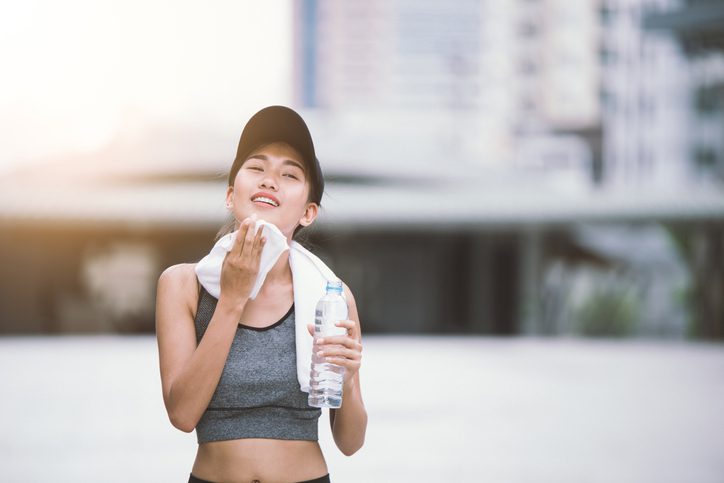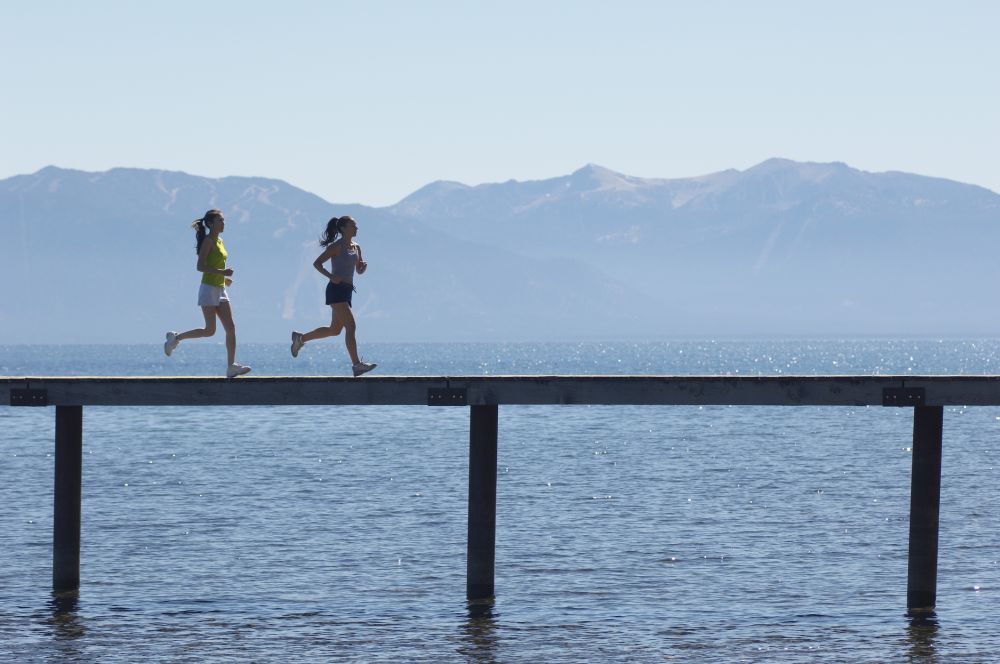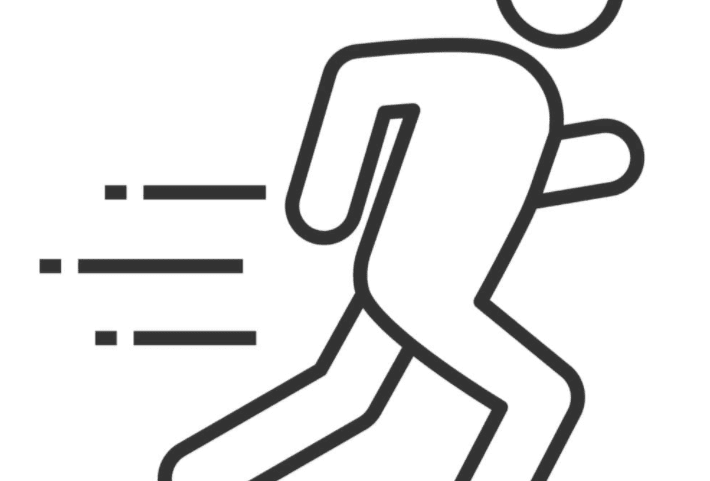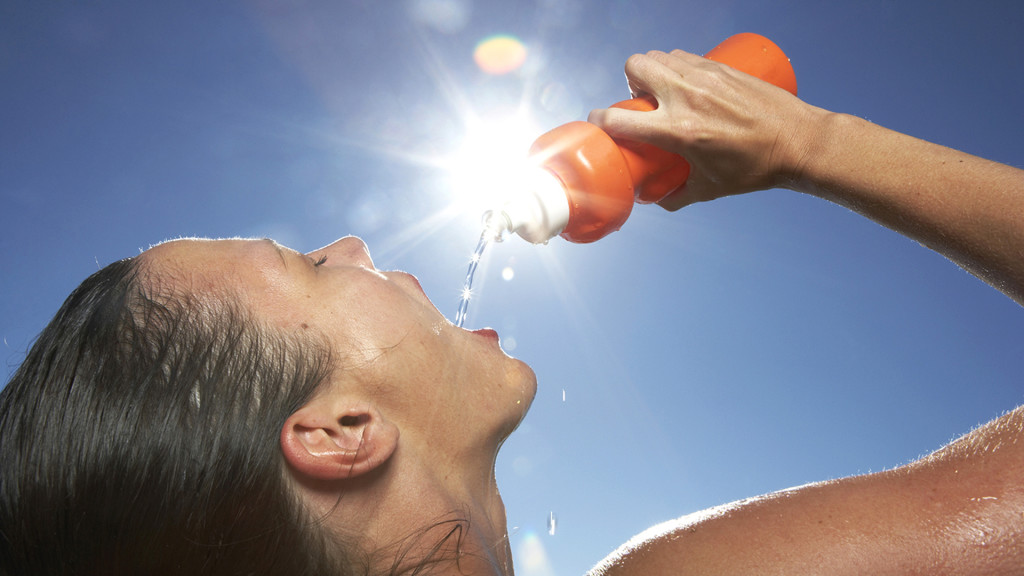The training benefits of running in really hot weather
How running in the heat can make you faster in the fall

Summer is here to stay, and while it provides some of the best running of the year, it’s also (obviously) the hottest. June, July and August are the three months when runners obsessively check the weather and plan their runs accordingly. Those of us who are decidedly not morning people will start rising with the sun just to beat the heat. However, there are some days when the heat can’t be beaten (no matter how early you wake up). The upcoming Tokyo Olympics are expected to be the hottest in modern history, so physiologists are taking a special interest in heat acclimation. Even if you’re not training for the Olympics, a little heat training can go a long way this time of year. Here are some tips for getting used to running in 30-plus degree weather and why it might actually make you fitter longterm.

RELATED: The 7 emotional stages of your first really hot run
How long does it take to heat acclimate?
According to research, two weeks of training for 60 to 90 minutes in the heat is enough for adaptations, with 75 to 80 per cent of the adaptations taking place in the first four to seven days of exposure. Those adaptations include increased plasma volume and enhanced heat dissipation – both of which work to cool runners down. A 2020 study showed that an athlete’s heart rate when doing the same activity would drop roughly 35 beats per minute after two weeks of heat exposure.

How to acclimate safely
Heat illness is a very real concern for runners during the summer months and shouldn’t be taken lightly. That’s why it’s important to slowly introduce warm weather training and take all appropriate precautions.
Hydrate well. Dehydration is one of most obvious issues when it comes to running in the heat. When your body is low on water, it increases your core temperature, which can lead to heat stroke or heat exhaustion. When runners are getting used to the heat, hydrating before, during and after a run is key. Don’t leave the house without water.
Pro tip: if you don’t want to run with your bottle, stashing a bottle somewhere along the trail is a great way to get some fluids in without carrying it for your entire run. Better yet, a companion on a bike who’s willing to carry your fluids is key for a summer long run.

Take your first few hot days easy. Your body will be working much harder than usual to run a pace that’s typically comfortable (you will see this in your elevated heart rate data). After one or two days of heat exposure, your body will already begin adapting, but be sure to take those first two hots days nice and easy.
You’ll be faster in the fall. A summer of training in hot weather has been shown to improve results in cool conditions, as heat acclimation improves cardiac efficiency. In a 2007 study of elite swimmers, those who trained in both tropical and temperate environments saw a 10 per cent improvement over those who remained in a temperate climate the entire time. If you’re a runner who’s made it through training in the warm weather, come fall you’ll feel smooth and strong.
RELATED: Fact or fiction: Your hydration/dehydration myths busted


